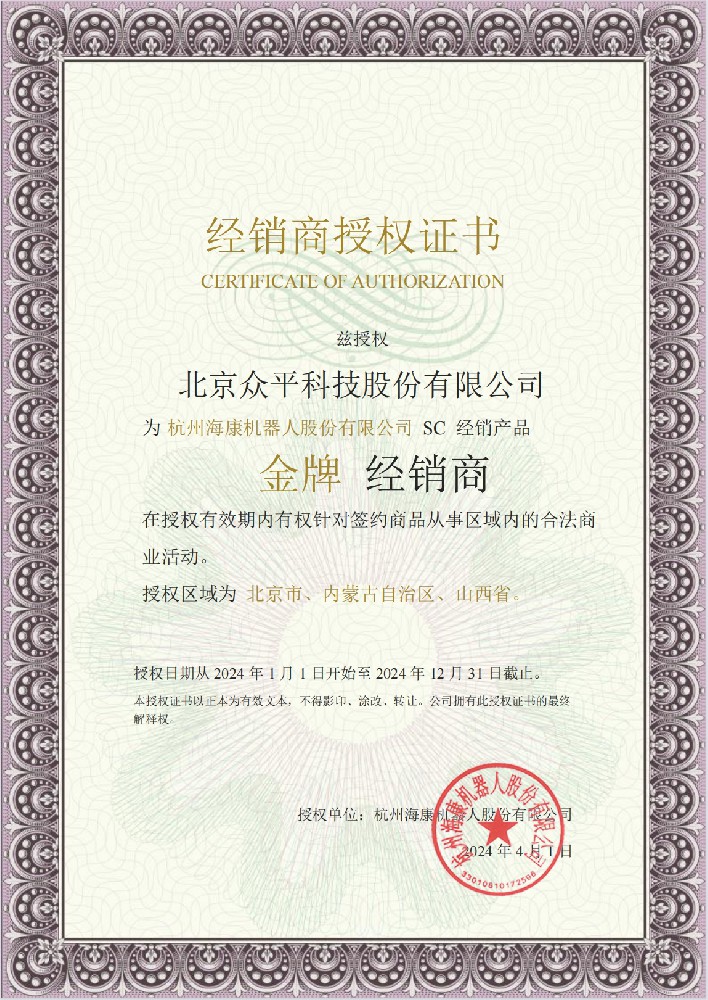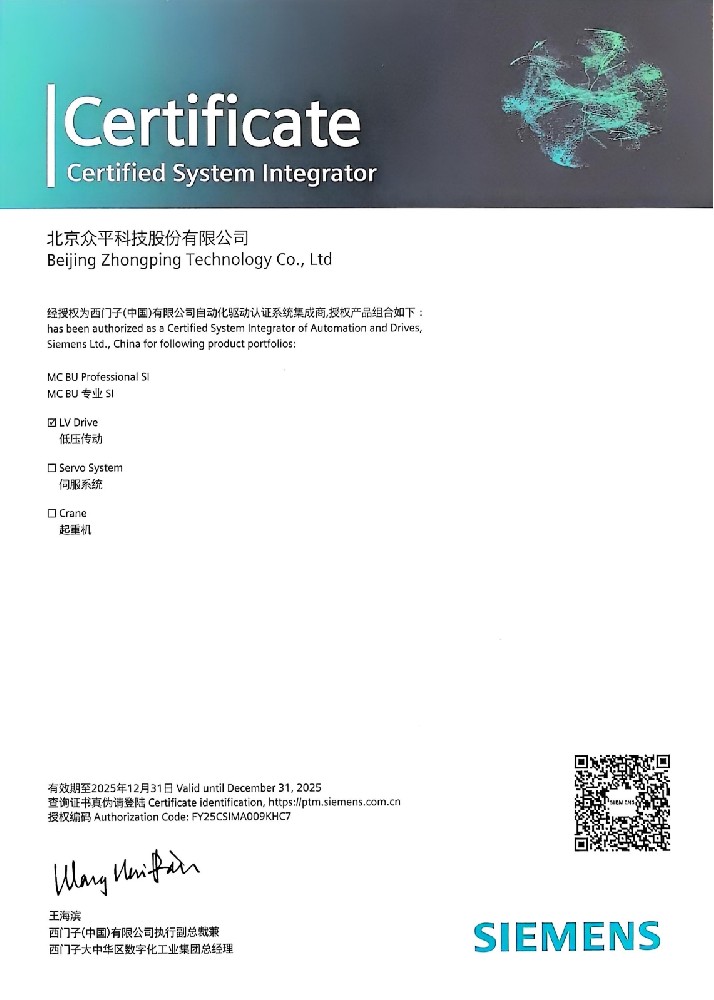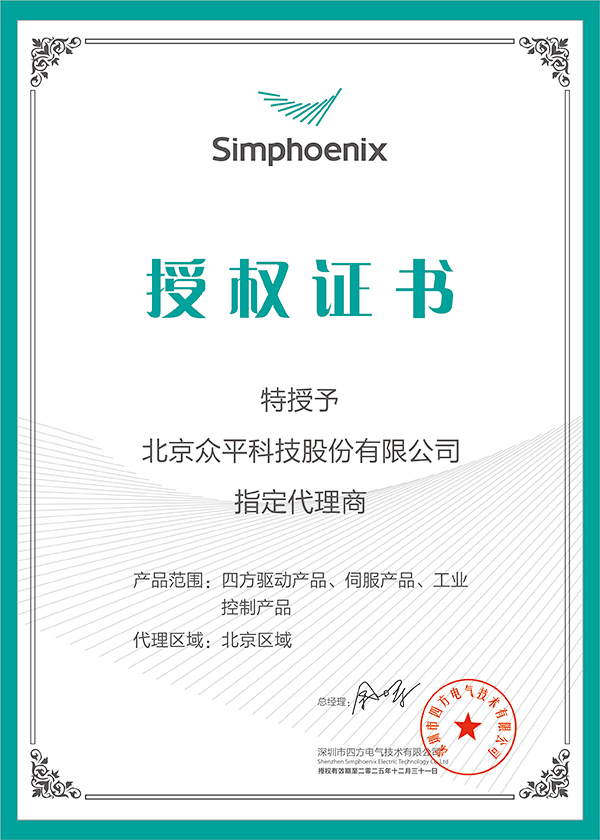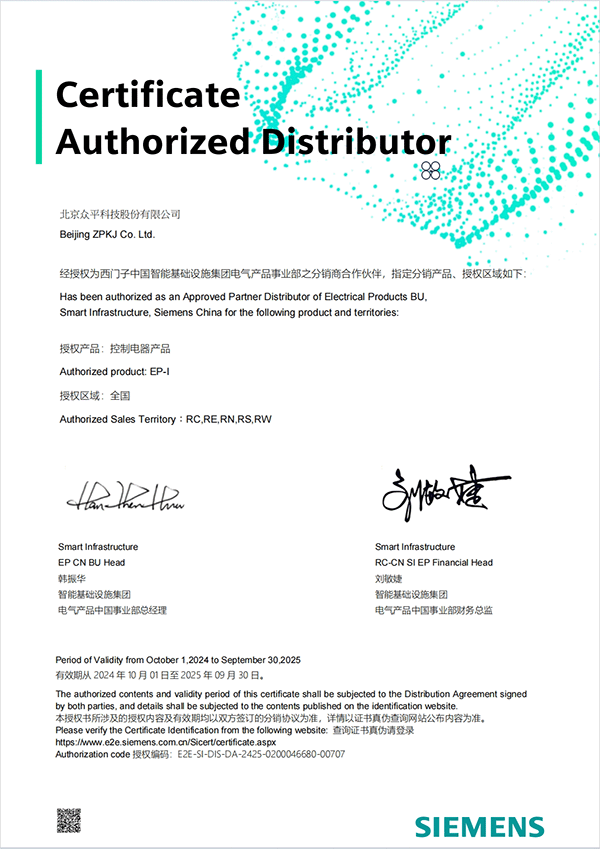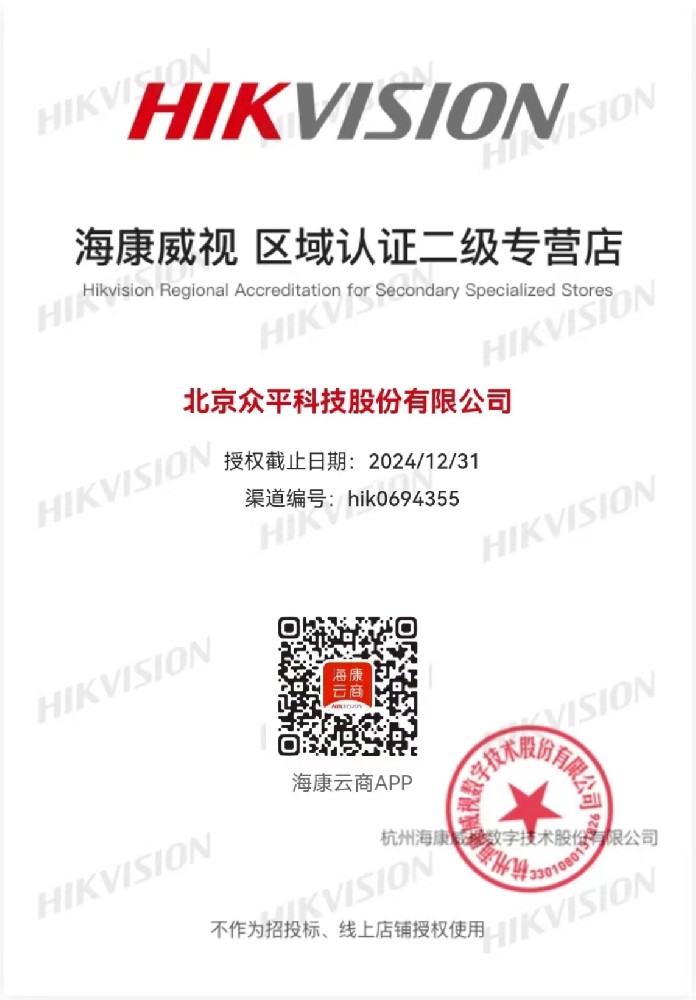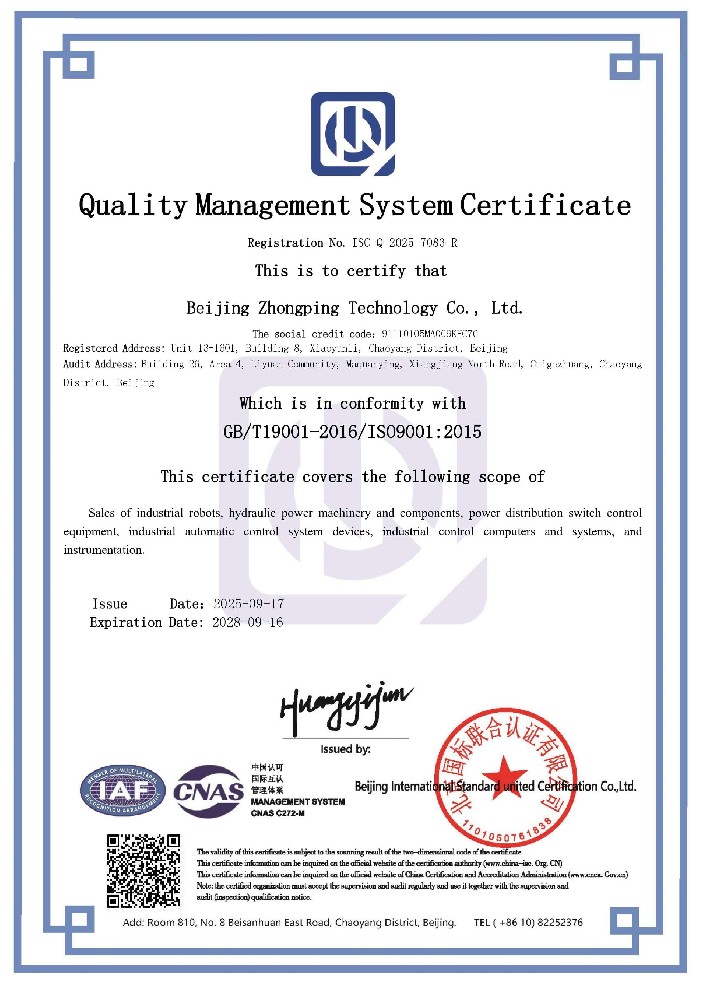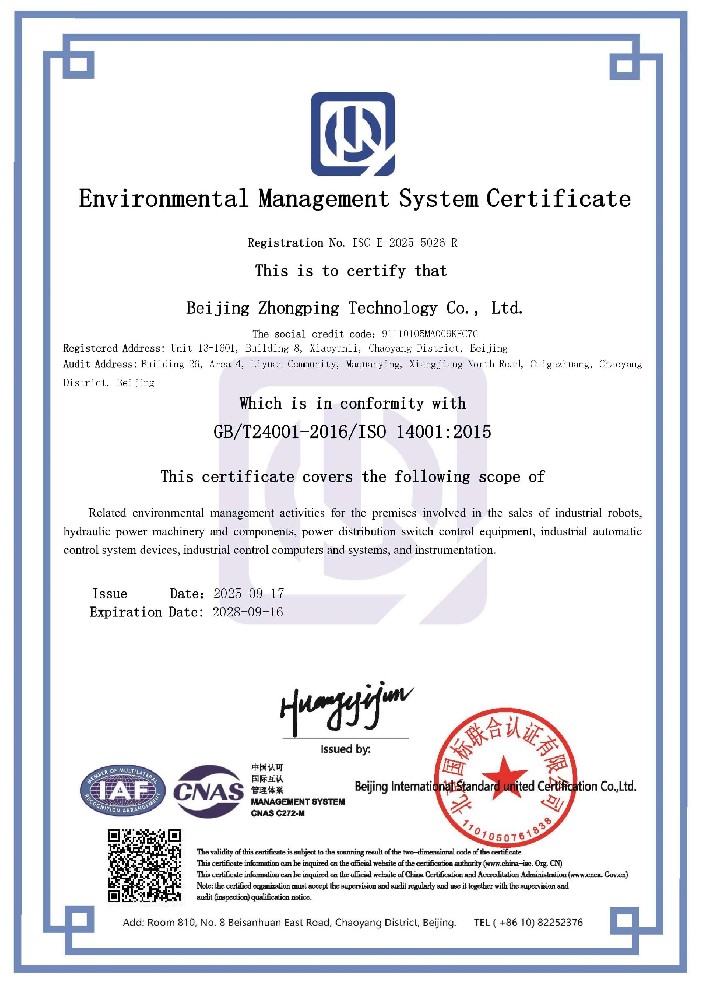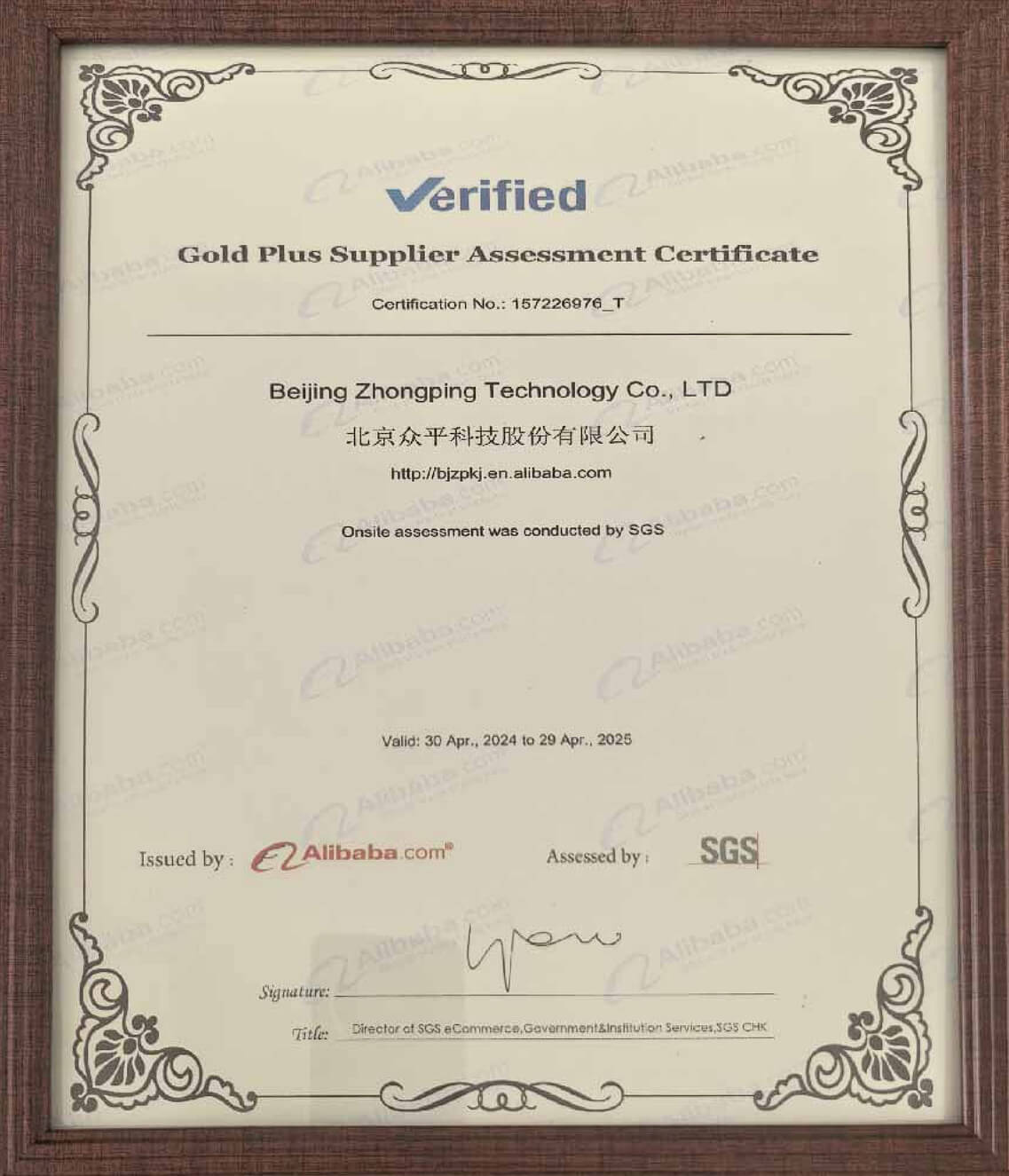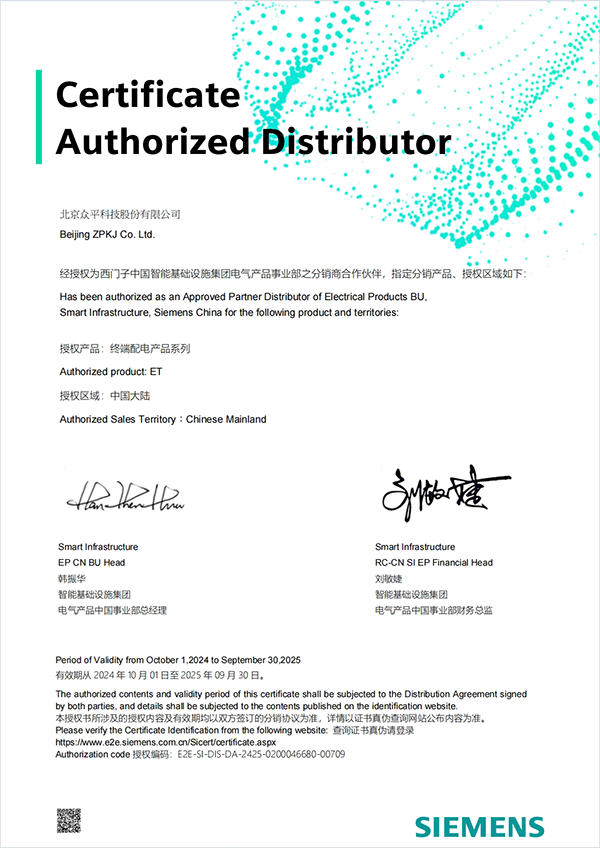The Siemens 6SL3330-6TE35-5AA3 represents the scaling of proven regenerative power conversion technology into the higher echelons of industrial power demands. As a Chassis-type Smart Line Module (SLM) with a formidable 75 kW capacity, this unit delivers the crucial benefits of energy regeneration and high power quality in a robust package engineered for standalone cabinet installation. It serves as the foundational power hub for extensive multi-drive systems, particularly where the operational profile involves frequent deceleration of high-inertia loads. By recovering braking energy instead of dissipating it as waste heat, this SLM transforms a cost center into a source of efficiency, making it an economically and technically astute choice for heavy-duty applications in material handling, process industries, and large-scale automation.
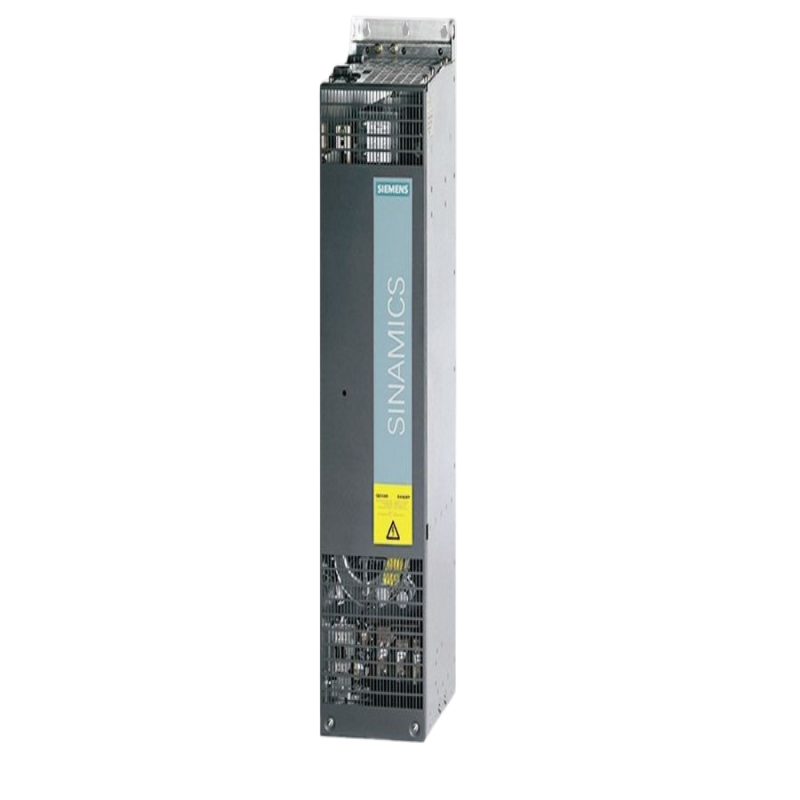
1. Product Architecture: Technical Specifications and Design Philosophy
Designed for high-power applications, the 6SL3330-6TE35-5AA3 embodies a philosophy of robust performance and service-friendly design, differing significantly from its compact booksize counterparts in its approach to heat
management and structural integrity.
1.1 Key Technical Data
Parameter
Specification
Article Number 6SL3330-6TE35-5AA3
Product Type SINAMICS S120 Smart Line Module (SLM)
Design Chassis Type
Input Voltage 3 AC 380 - 480 V ± 10%, 50/60 Hz
Output Power 75 kW
Rated Output Current 140 A
DC Link Voltage Non-regulated
Regenerative Capability Yes
Cooling Method Forced-air Cooling with integrated fan
Communication DRIVE-CLiQ
1.2 Core Technological Attributes
High-Power IGBT Regenerative Front End: At this power level, the use of IGBT technology is essential for handling the substantial currents involved. This architecture allows the module to function as a rectifier during motoring and seamlessly transition to an inverter during braking, feeding energy back to the grid. This capability is critical for applications like crane hoists or downhill conveyors, where ignoring regeneration would lead to prohibitive energy costs and complex cooling challenges.
Dedicated Forced-Air Cooling System: Unlike booksize modules that rely on a system-level airflow, this chassis-type SLM incorporates its own integrated forced-air cooling system. This dedicated fan and heatsink assembly are designed to proactively expel the significant heat generated at 75 kW of continuous power, ensuring operational stability and preventing thermal derating in demanding ambient conditions.
Non-Regulated DC Link & System Integration: Like all SLMs, it provides a non-regulated DC link, meaning the voltage fluctuates with the input supply. While this differentiates it from an ALM, it remains perfectly adequate for a vast majority of high-power applications. Full integration into the S120 ecosystem is achieved via DRIVE-CLiQ, enabling centralized control, comprehensive diagnostics, and parameter management from the overseeing Control Unit.
2. Performance and Application Advantages
The value proposition of this 75 kW SLM is realized through enhanced energy efficiency, system simplification, and operational reliability in large-scale industrial settings.
Substantial Operational Cost Reduction: The ability to regenerate 75 kW of braking power directly translates into dramatically lower electricity bills. In intensive applications such as mining shovels, large test benches, or steel processing lines, the return on investment can be remarkably swift, justifying the initial capital expenditure through ongoing energy savings.
Elimination of High-Capacity Braking Resistors: For a 75 kW system, using a non-regenerative BLM would necessitate a large, costly, and space-consuming braking resistor bank. The SLM completely obviates this need, freeing up cabinet space, reducing installation complexity, and eliminating a major source of unwanted heat within the control room, thereby lowering the HVAC load.
Robust Construction for Industrial Longevity: The chassis-type design is built to withstand the electrical and mechanical stresses of heavy industry. Its sturdy construction and dedicated cooling make it more resilient to the challenging environments often found in mining, metals, and cement industries, contributing to higher overall system uptime.
Expanded Perspective: The Strategic Role of High-Power Regenerative Modules
Selecting a power component of this caliber is a strategic decision that impacts the entire electrical and control architecture of a large machine or system.
1. Navigating Power Module Selection at High Power Levels
The decision matrix between BLM, SLM, and ALM becomes increasingly critical as power levels rise, with implications for cost, complexity, and performance.
The High-Power BLM Limitation: While a Basic Line Module (BLM) is a theoretical option, its practicality diminishes sharply above ~30 kW. The braking resistors required to dissipate tens of kilowatts of energy become physically enormous, generate extreme heat, and present a significant safety and facility management challenge. The operational cost of wasting this energy also becomes substantial.
The SLM as the Default Smart Choice: For the vast majority of high-power applications requiring regeneration, the Chassis-type SLM becomes the default sensible choice. It delivers the core benefit of energy recovery and high power factor correction without the premium cost of the fully regulated DC link offered by a chassis-type ALM. It is the workhorse for energy-conscious heavy industry.
The ALM for Ultimate Performance: A chassis-type ALM would be selected when the application is exceptionally sensitive to DC bus voltage variations. This is typically reserved for the most demanding high-dynamic applications, such as the main spindles of giant gantry-type machine tools or high-precision rolling mills, where maintaining full torque capability during a network voltage dip is non-negotiable.
Selection Insight:
The choice at this power level is less about basic functionality and more about the quality of power control and the specific process demands. The SLM offers an excellent balance, providing smart regeneration and power factor improvement for applications that are robust enough to handle minor DC link variations.
2. System Design Imperatives for Chassis-Type SLMs
Integrating a high-power SLM requires careful planning beyond the module itself.
Mandatory Line-side Components: An SLM of this rating must be paired with a suitably rated Line Filter or Line Reactor. This component is not optional; it is critical for limiting current harmonics to meet IEEE-519 or similar standards, protecting the module from line-side transients, and ensuring stable switching of the IGBTs.
Powerful Control Unit Requirements: A high-power DC bus often supplies numerous motor modules. This necessitates a powerful Control Unit (like the CU320-2) with sufficient DRIVE-CLiQ connectivity and processing power to manage the entire drive system effectively. The configuration, done via SINAMICS Startdrive, involves setting up the power topology and defining the energy flow control between modules.
Cooling and Space Logistics: The installer must ensure that the control cabinet provides adequate clearance for the SLM's air intake and exhaust, as specified by Siemens. The ambient temperature must be controlled, and the cooling air must be free of excessive dust and debris to prevent clogging the heatsinks and impairing cooling performance over time.
Frequently Asked Questions (FAQs)
Why is the chassis-type design necessary for a 75kW SLM?
The chassis-type design is dictated by thermal management. A 75kW power converter generates substantial heat that cannot be effectively dissipated through the passive/convective methods used in smaller booksize modules. The integrated forced-air cooling system in the chassis-type SLM is engineered to actively reject this heat, ensuring the IGBTs and other components operate within their safe temperature range, thus guaranteeing reliability and rated performance.
2. How does the "non-regulated" DC link affect a 75kW motor?
For most high-power motors driving pumps, fans, conveyors, or hoists, the effect is negligible. These applications are typically robust to minor supply voltage variations. The motor's torque is proportional to the square of the voltage, so a small dip in the mains voltage (and thus the DC link) results in a small dip in available torque, which is often inconsequential. It only becomes a critical issue in high-precision, high-dynamic applications where torque must be unwavering, necessitating an ALM.
3. Can this SLM be used as a standalone unit to supply a DC bus with non-Siemens drives?
While technically possible, it is strongly discouraged and negates the core value of the product. The SLM's operation, protection, and diagnostics are deeply integrated with the SINAMICS S120 control system via DRIVE-CLiQ. Using it with third-party drives would require a complex and unreliable external control system for the SLM itself, void warranties, and sacrifice the coordinated safety and optimization functions of a unified drive system.
4. What are the key maintenance points for this high-power SLM?
Primary maintenance is preventative and focuses on cooling system integrity. Regularly inspecting and cleaning the air intake filters (if equipped) and the heatsinks to ensure unobstructed airflow is paramount. Monitoring the module's temperature and fan status via the controller's diagnostics allows for predictive maintenance. Periodically checking the tightness of the high-power connections during scheduled downtime is also recommended to prevent hot spots and potential failures.
5. Is the energy regeneration from this SLM compatible with any factory grid?
Generally, yes, but with an important consideration. The regenerated energy is clean, sinusoidal power. However, the factory transformer and electrical distribution system must be able to "absorb" or "sink" this power. This is usually not an issue, as the regenerated energy is consumed by other loads on the same transformer. However, in a scenario with very few other loads (e.g., a near-idle factory), consultation with an electrical engineer is advisable to ensure system stability.
FAQ
1.Who are We?
Beijing Zhongping Technology Co., LTD., is a one-stop integrated service provider of intelligent manufacturing, belongs to the Gong Doctor Group, is a scientific research, design, marketing, technical services, industrial Internet, international import and export services as one of the science and technology companies.
2.What can you buy from us?
PLC, inverter, human-machine interface, hydraulic products, low-voltage power distribution, industrial robots and core components
3.Is the item in stock or need to be purchased from another supplier?
We have a large inventory of goods and have our own warehouse.
4.What advantages do we have over other suppliers?
Our company has a large amount of inventory and a number of warehouses, but also in the country's important industrial provinces and cities with offices and a number of overseas service points. To provide you with intelligent manufacturing one-stop comprehensive services, save efforts, labor and cost.
5.Can you provide 100% new original authentic products?
We only sell new original genuine, no renovation, no fake, only for the original factory original!
6.How long is the delivery time?
If there is a stock, it will take 2-3 working days to ship, if the quantity is large, it will take 5-7 working days after receiving the payment, if it is not a conventional model, it will take some time, we will inform you of the specific delivery time.
7.Is there technical support available?
Of course, we have a professional technical team that can help you solve technical problems.
8.How do we guarantee quality?
We have three processes to control the quality of goods.
1). Our engineers will inspect the production and quality control in the factory regularly.
2) Incoming materials shall be inspected by experienced purchasing engineers before they can be stored.
3). At least 2 people in the logistics department cross-check the goods to be sent before delivery.
9.Can you guarantee the safe and reliable delivery of your products?
Yes, we strictly adopt the international standard packing. We also use special packaging for dangerous goods, and refrigerated shipping for items with temperature requirements. Special item packaging and general cargo standard packaging requirements may incur additional costs.
10.How about the freight?
The cost depends on how you choose to get the goods. Express is usually the fastest but also the most expensive way. Sea freight is the best solution for large quantities of goods. The exact shipping cost depends on the purchase amount、quantity and weight of your order. Please feel free to contact us for more information.


 010-64225983
010-64225983 +8613811814778
+8613811814778 info@zhongpingtech.com
info@zhongpingtech.com Building 26, Liyuan Community, Chaoyang District, Beijing, China
Building 26, Liyuan Community, Chaoyang District, Beijing, China